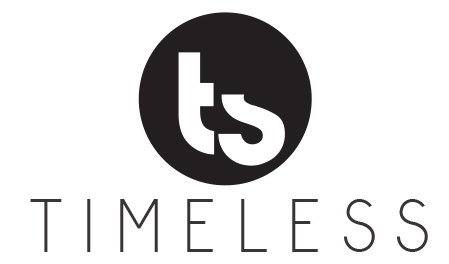Risk management is at the core of any strong financial strategy. Before you can try to achieve your biggest goals, you need to protect yourself from risk. All it takes is one costly emergency to throw your strategy off track.
One of the biggest risks you and your family may face is the possibility of an unplanned death. If you’re the primary breadwinner in your home, your death could leave the family in a challenging financial position. Even if you don’t provide most of the income in the house, you likely contribute in other important ways, and your family may struggle to overcome your loss.
Life insurance mitigates the financial risks associated with death. It provides a tax-free lump-sum benefit to your family, friends, business partners or whomever else you may name as a beneficiary. They can use those funds in any manner they like, such as paying off debt, saving for the future or replacing your lost income.
Not all life insurance is the same, though. There are many different types that meet a broad range of needs. However, most types fall into one of two categories: term or permanent. Both offer specific types of protection for specific goals. Below are the differences between the two and how you can use them to meet your objectives:
Term Insurance
As the name suggests, term insurance provides life insurance protection for a defined period of time, or term. You choose your term when you open the contract, and they often span from 10 years to 30 years. The longer your term, the higher the premium is likely to be.
You pay a flat premium every year during the term. As long as you meet the premium requirements, you are covered by a death benefit. At the end of the term, you may have a few options. You can continue the policy, though the premium may be recalculated to reflect your older age. You also may have the opportunity to convert the insurance into a permanent policy, again with a new premium amount.
One important note to consider is that term policies usually don’t have cash value. All of your premium payment generally goes toward the cost of the insurance. If you choose not to renew the coverage at the end of the term, you don’t get your premiums back.
Term policies are effective strategies when you have a finite need for protection. For instance, many parents buy term insurance when they have young children in the home. However, they may no longer need the coverage when the kids are grown and out of the house. You also may consider term insurance that aligns with a long-term loan, like a mortgage.
Permanent Insurance
Permanent insurance is life insurance coverage that stays in place as long as you live, assuming that you make all the premium payments. The premiums for permanent insurance are generally higher than those for term policies because there is certainty that you will pass away at some point during the policy’s life span. In other words, the insurer is certain to pay out the death benefit at some point, which isn’t necessarily the case with a term policy.
Permanent policies also have a cash value component. That means some of your premium payment goes toward the cost of the insurance, but a portion also goes into an account inside the policy. That account grows on a tax-deferred basis. Depending on the policy, the cash value may earn dividends, interest or even growth through market returns.
As you accumulate cash value, you can use it to increase your death benefit or pay down your premiums. You can also use it as a source of tax-efficient income through either loans or withdrawals.
Permanent insurance is a great option when you have an indefinite coverage need. For instance, perhaps you want to leave money for your spouse or children, no matter your age when you pass away. Or maybe you own a business that will need liquidity after your passing.
Ready to develop your life insurance strategy? Let’s talk about it. Contact us today at Timeless Solutions. We can help you analyze your needs and choose the coverage that’s right for you. Let’s connect soon and start the conversation.
Licensed Insurance Professional. This information is designed to provide a general overview with regard to the subject matter covered and is not state specific. The authors, publisher and host are not providing legal, accounting or specific advice for your situation. By providing your information, you give consent to be contacted about the possible sale of an insurance or annuity product. This information has been provided by a Licensed Insurance Professional and does not necessarily represent the views of the presenting insurance professional. The statements and opinions expressed are those of the author and are subject to change at any time. All information is believed to be from reliable sources; however, presenting insurance professional makes no representation as to its completeness or accuracy. This material has been prepared for informational and educational purposes only. It is not intended to provide, and should not be relied upon for, accounting, legal, tax or investment advice. This information has been provided by a Licensed Insurance Professional and is not sponsored or endorsed by the Social Security Administration or any government agency.
17963 – 2018/9/4

